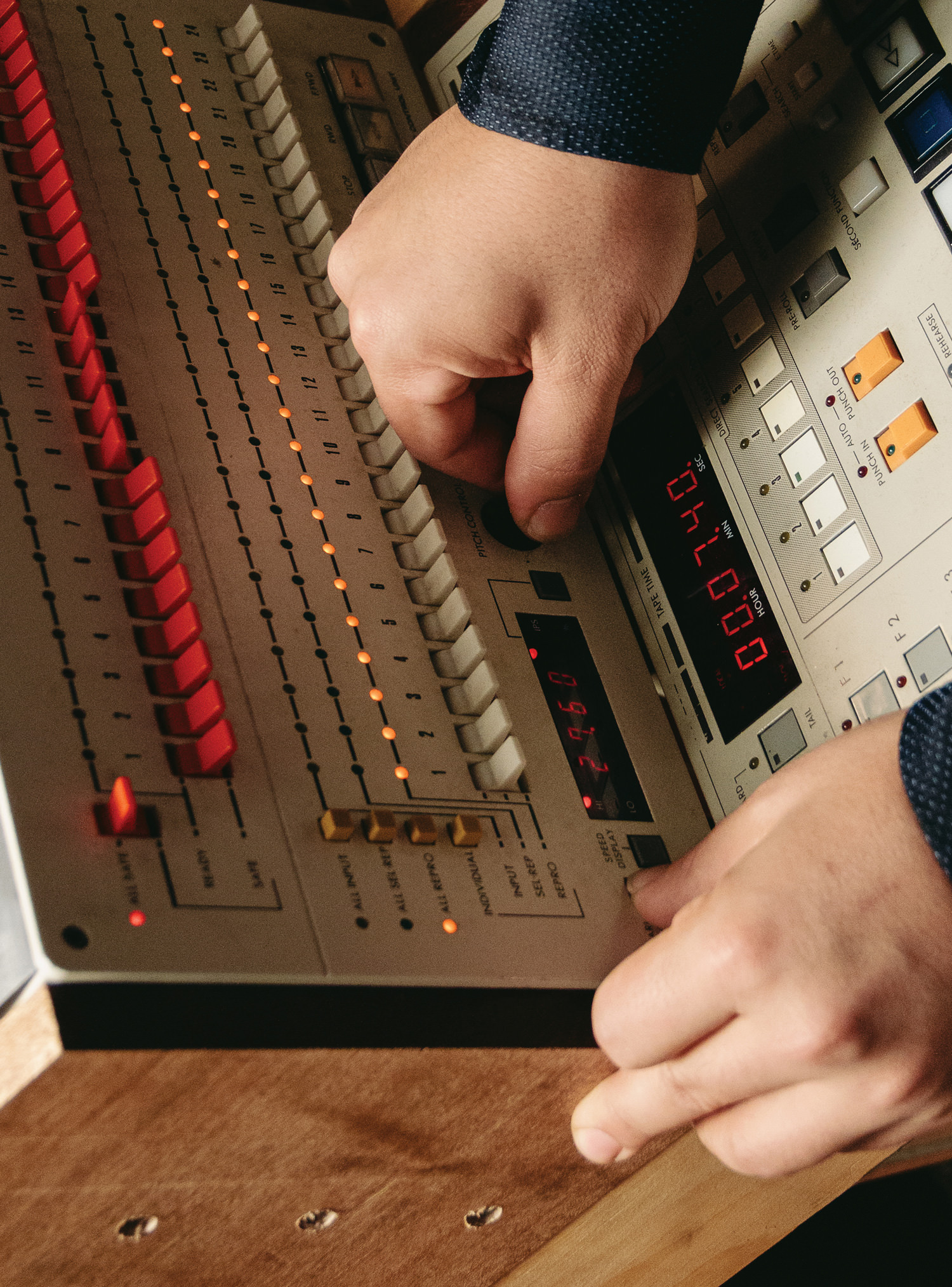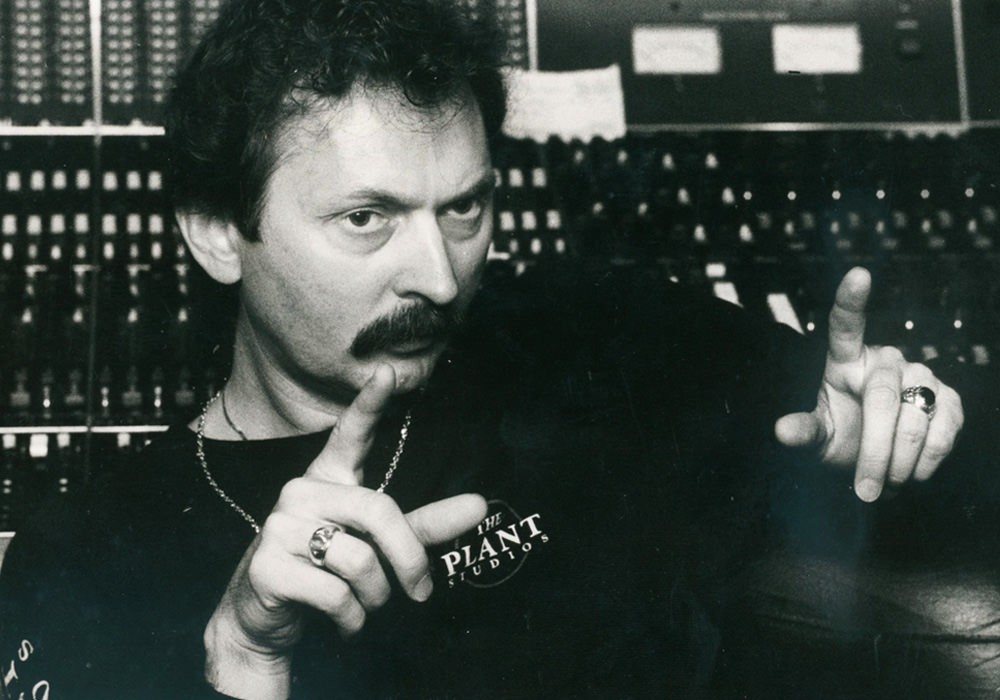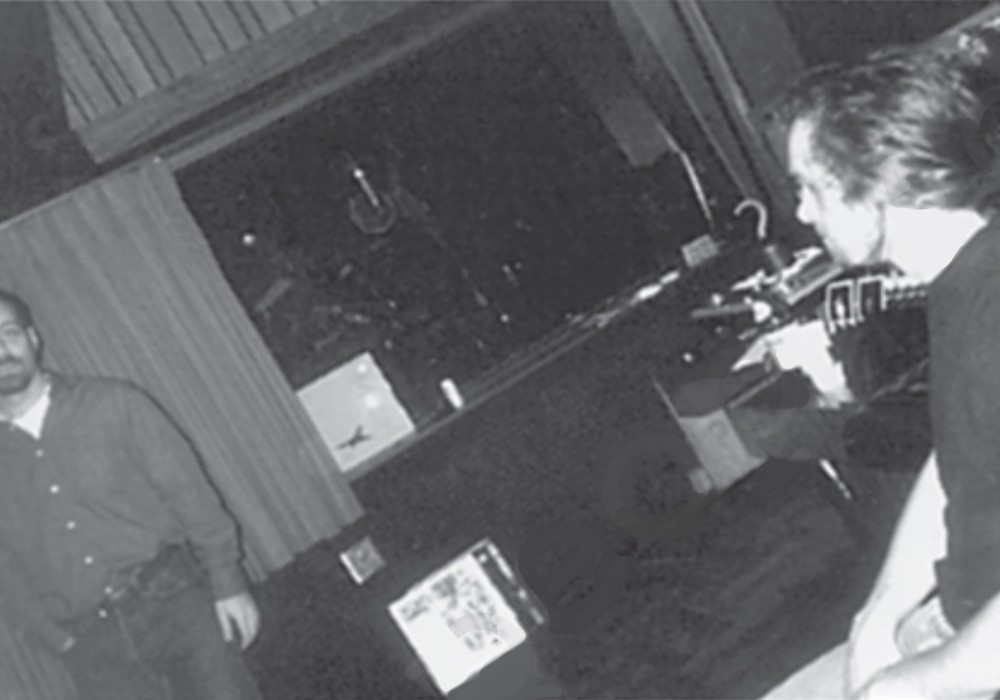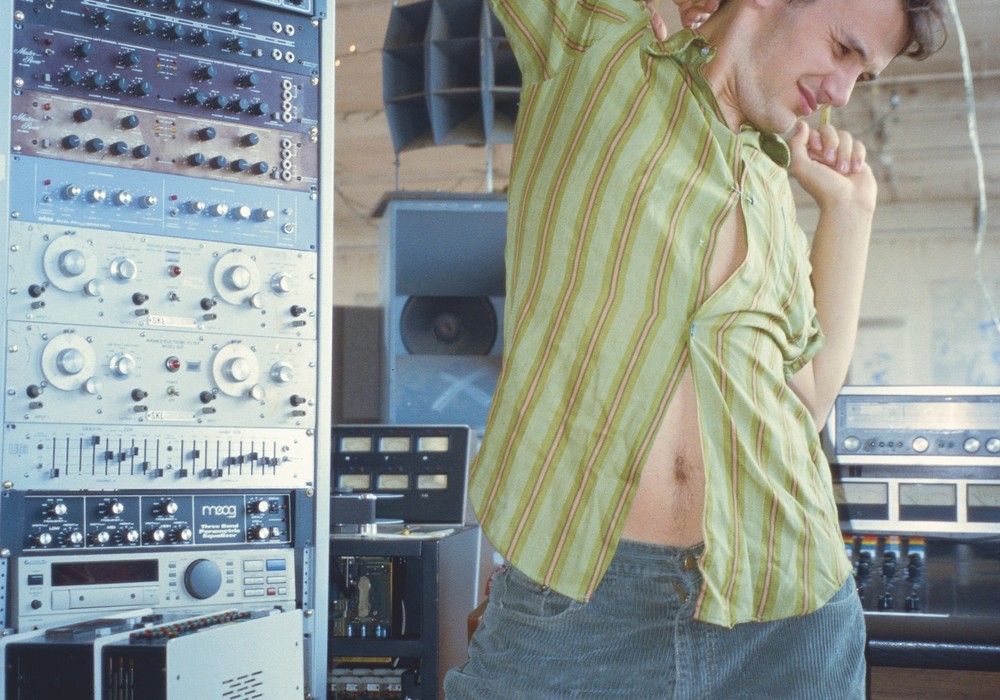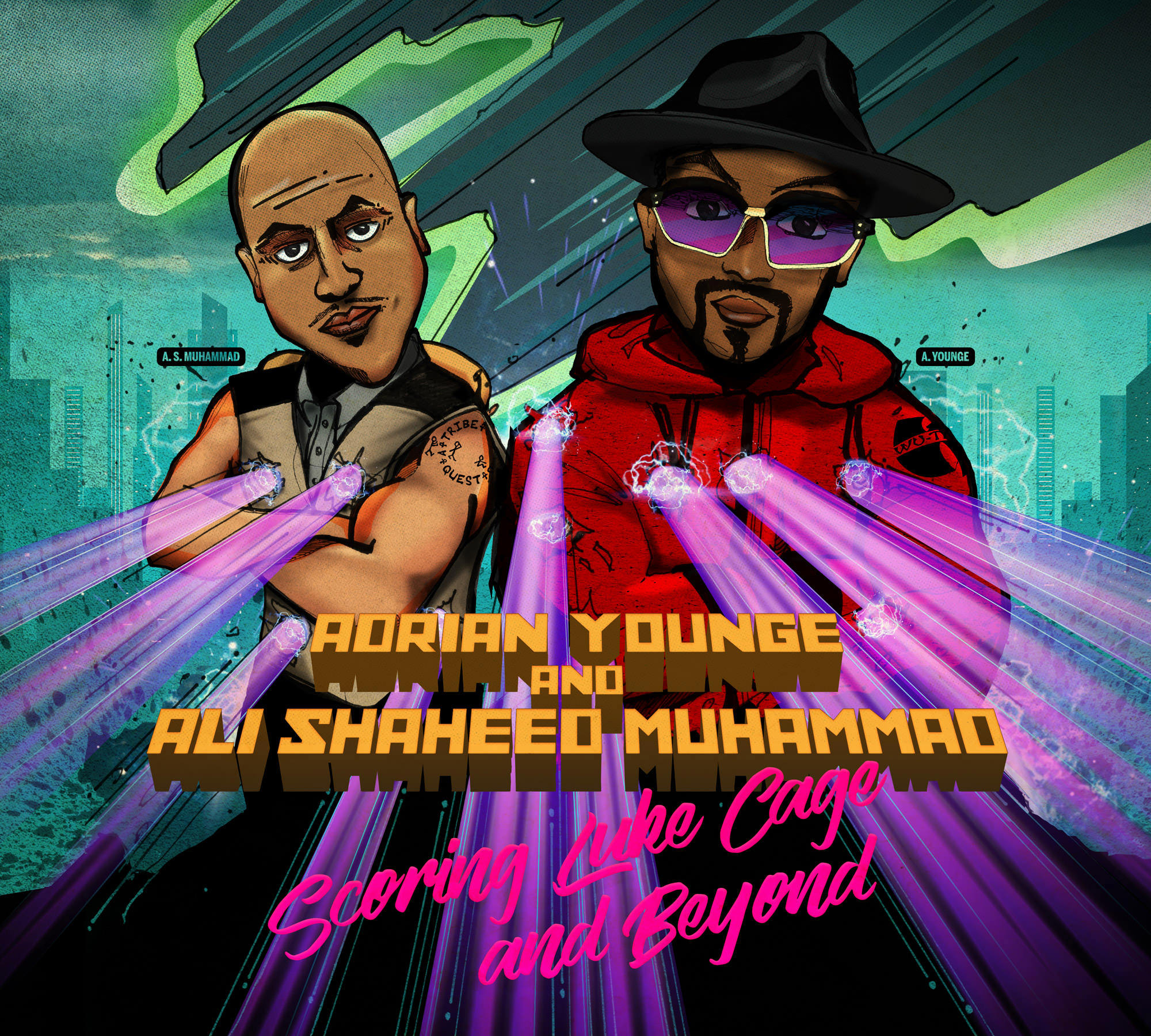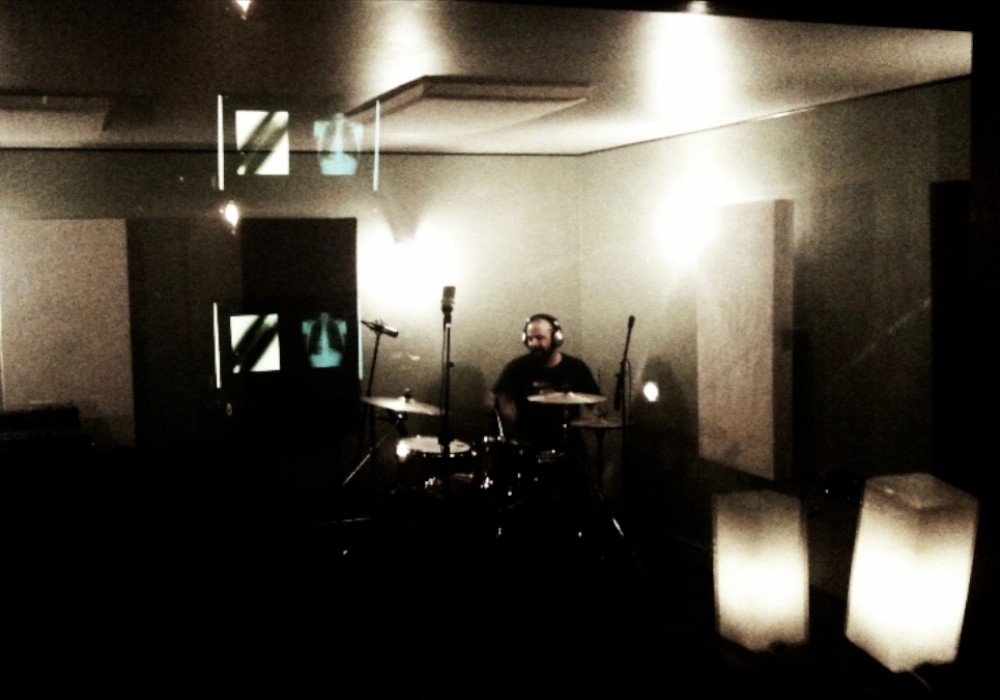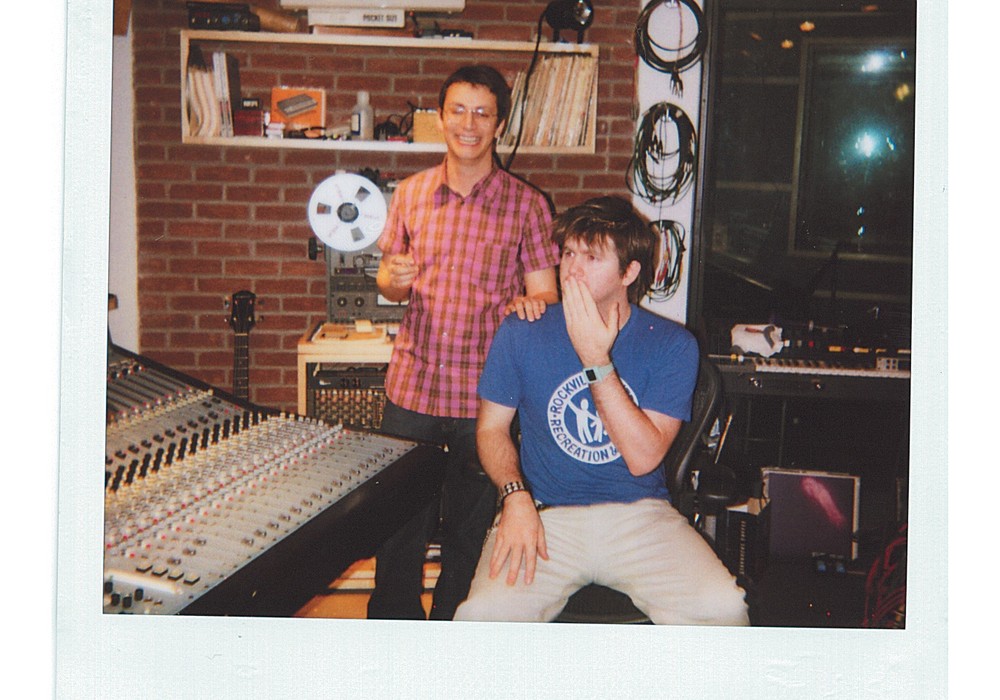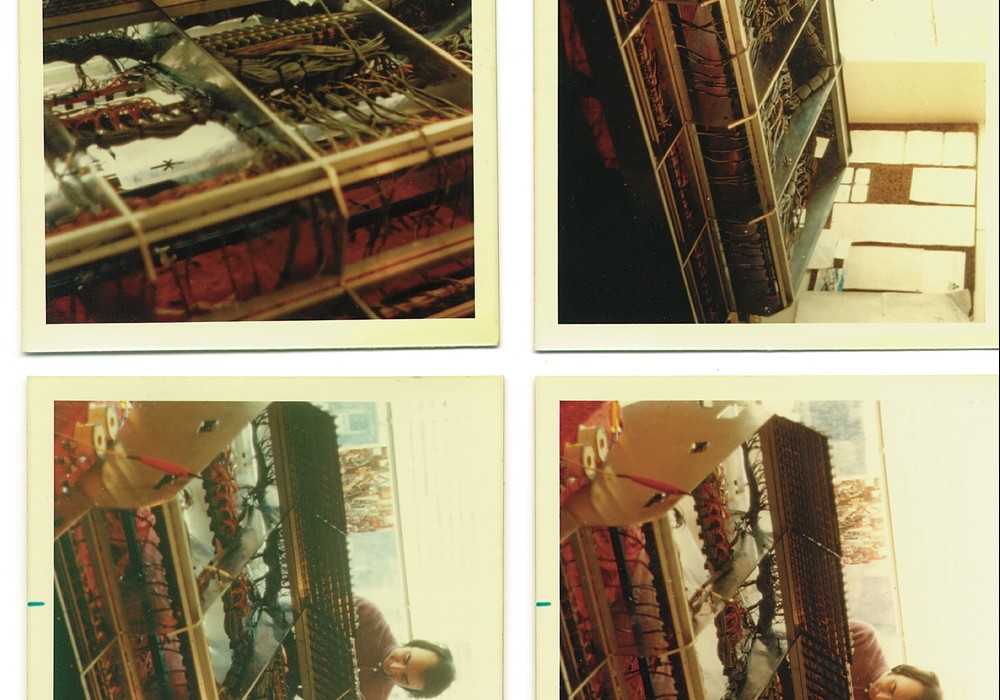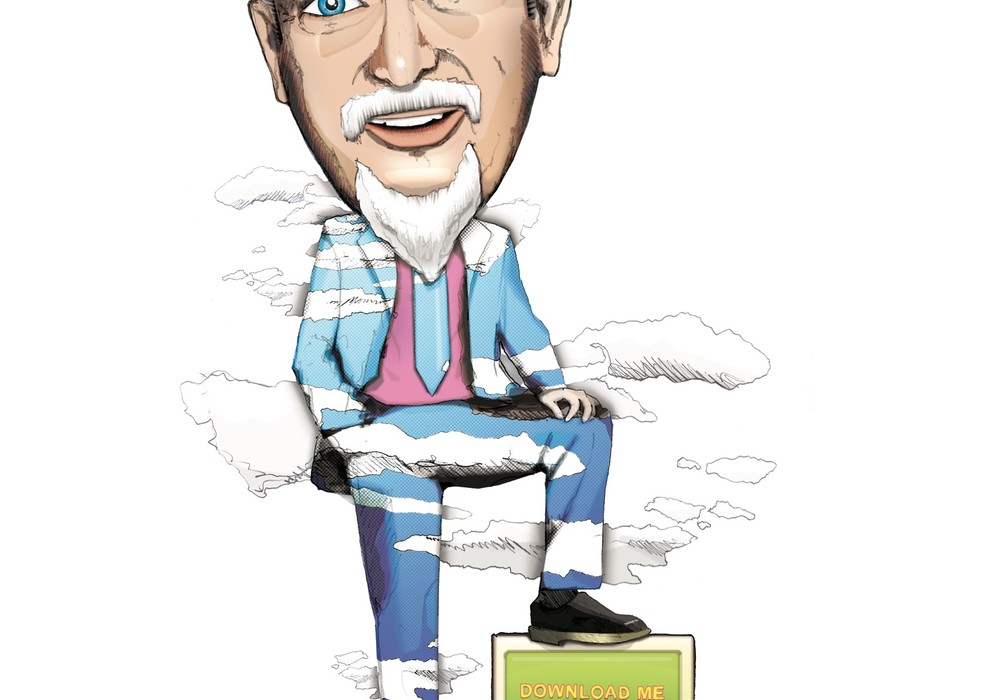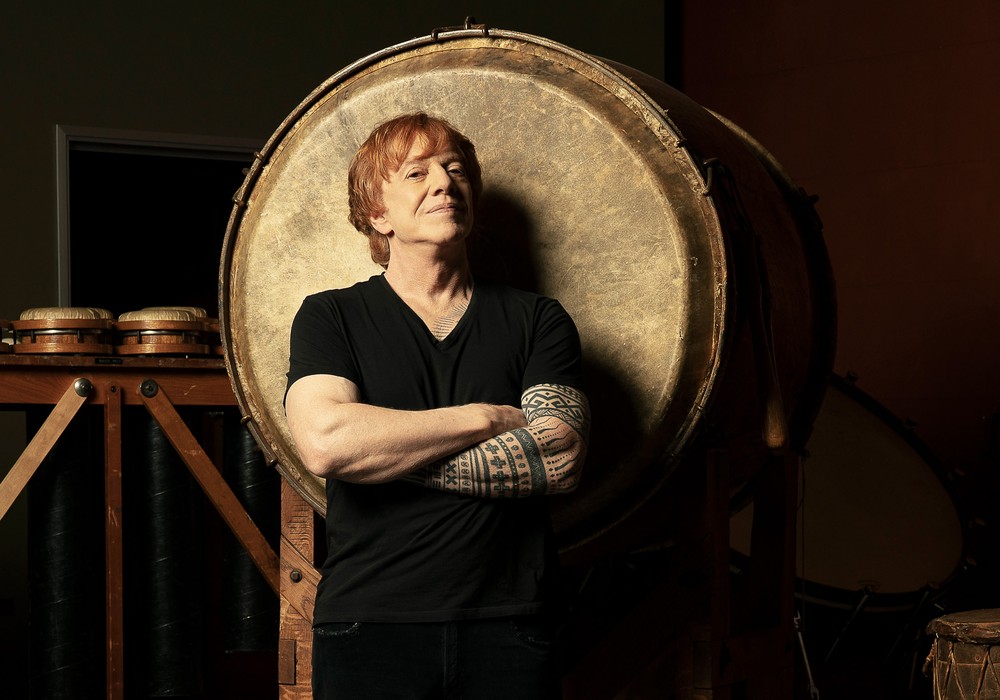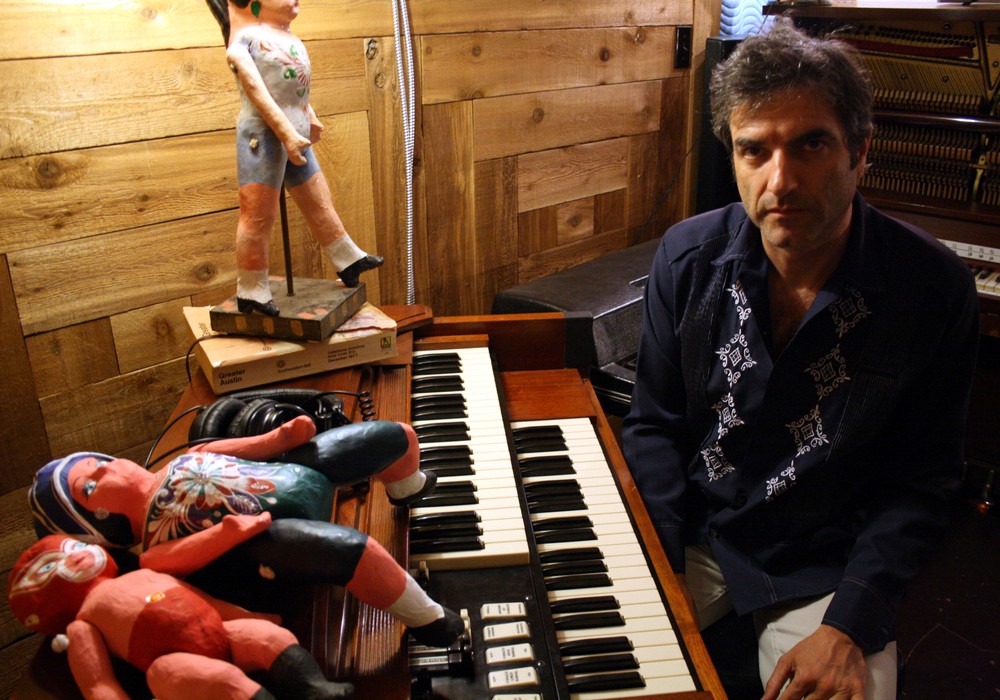"The Heart of Rock & Roll" Certain bands are meant for certain times, and arguably no band better captured the "Hip to Be Square" culture of the roaring 1980s than Huey Lewis and the News. From musical pop culture landmarks like "The Heart of Rock & Roll," "I Want a New Drug," "Heart and Soul," and "Workin' for a Livin'," Huey and the guys fused rock ‘n' roll, soul, and new wave into a new sound that legendary producer Jim Gaines helped craft from the ground up, from the band's very first hit "Do You Believe in Love" all the way through the end of a decade-long greatest hits run. Gaines could also be found working side-by-side with late Stevie Ray Vaughan — producing many of the guitarist's most celebrated hits, including "The House is Rockin'," "Crossfire," "Tightrope," and "Life by the Drop." In addition, Jim also worked with guitar legend Carlos Santana on his Grammy-winning, chart-topping Supernatural LP, not to mention also tracking and mixing hits for Steve Miller. Sitting down with Tape Op for a rare interview, Gaines began by looking back over his own career as one of rock's great producers: "I'm a lucky guy. I'm just a hard-working hillbilly from Arkansas, and I've been very lucky throughout my career to be involved with all these great artists. That's the way I look at it."
What made you feel Huey Lewis and the News had the potential to make you want to roll the dice on them?
Huey and I were friends. We enjoyed each other, and most of that band is from Marin County, so we would all hang out together and have a good time. Huey Lewis' manager, Bob Brown, managed the group Pablo Cruise, and they used to open up for us when I was working with Steve Miller. At first Huey had this band called "Huey Lewis and the American Express" and they changed their name to "the News" because they thought they'd get sued by the credit card company. They played a lot at George's Club in Marin County, where I lived, and one night I was invited down to see them. That night his manager asked me, "Would you be interested in cutting some demos with them?" We cut some demos at The Automatt [in San Francisco]. Chrysalis Records came in, the A&R guy sat right beside me in the control room, and he said, "I want to do this band, with Jim Gaines, at this studio. It's a done deal." A month later they were in Los Angeles working with Bill Schnee on what became their first studio LP; the self-titled Huey Lewis and the News. So I said, "I'm done. If the record companies have gone so political that they're not going to give me a chance, I'm not staying in the business." I packed up my family, moved to Oregon, bought two businesses, and I couldn't have cared less. There really wasn't a Huey Lewis and the News record before [the second album,] Picture This. Nobody ever knew about it, because the label had taken them down to L.A. and turned the band into this slick L.A. sound. Huey had initially wanted me for my R&B and rock background, and that's what the band really was. I'd started my new life up in Oregon; meanwhile they released the album, and it didn't do anything. I get this call from Huey and he says, "Jim, they've given us five guys to check out for producers on the next record. We want to produce it ourselves, but you have to come back out here and engineer it. You're the only guy who understands this band and what the hell we're trying to do here." And my initial reply was, "I could care less. I got screwed over and I ain't coming back." He said, "Please, please? I promise you, we'll work together on this thing." I said, "Okay." I decided to stay living in Grants Pass, Oregon, but to fly back out there to do the Picture This album. At that point in time, Huey and I were in the same boat. He had a one-truck, failing yogurt business and I was in the windshield repair business, plus I had a diet center. I was fixing Mercedes' windshield cracks, and we were on the phone laughing the whole thing off about our shared predicament. So I decided to take a chance and give this thing one more shot. I moved into a hotel in San Francisco, and we cut the album at two different studios. The way I saw Huey Lewis and the News — when I'd seen them live and I knew I was going to be recording them in the studio — the whole idea was to capture their essence as a live, good-time band. When you see them, they have a lot of fun, with big smiling faces, and Huey's out there working the crowd and playing great harmonica. I was trying to capture what I saw in the band. As a producer, I'm a raw energy guy; groove and raw energy are the first two things I'm looking for. I'm not looking for everything to be picture perfect, pardon the pun.
You worked with Huey Lewis as a co- producer for the better part of a decade, which resulted in thirteen Top 40 hits. What about you as a producer made Huey feel you would be the right collaborator when you two were first starting out together in the studio?
All I can say...
